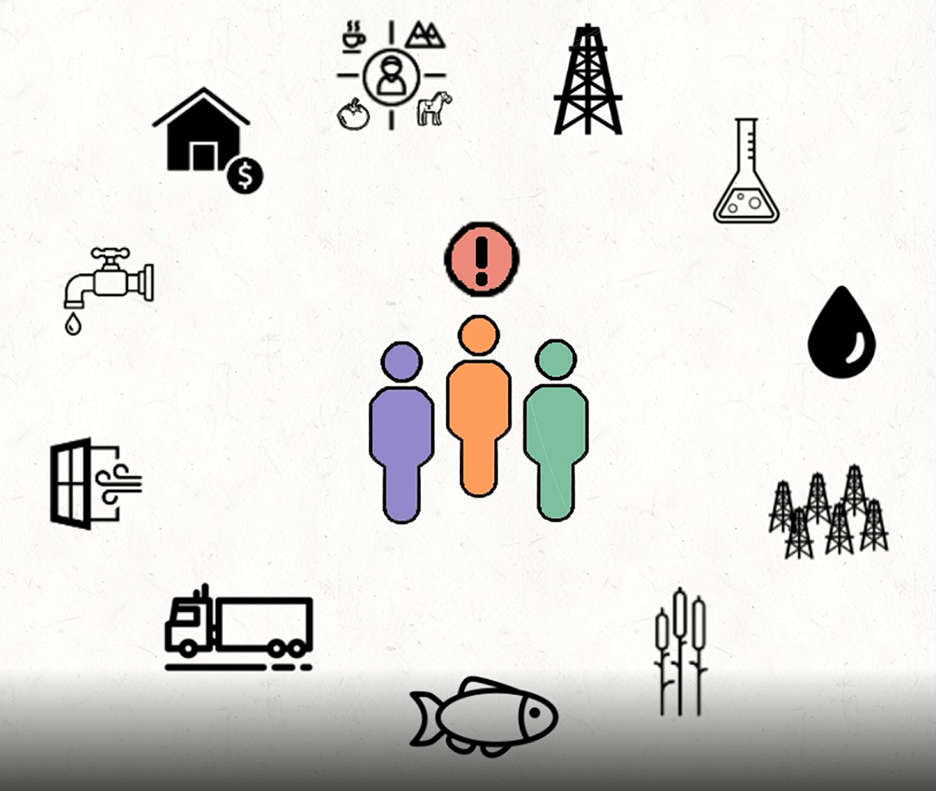Helium Rising: A Case Study in Envisioning Futures for Underground Resource Extraction
Noa Bruhis, Arizona State University; Elizabeth Keyes, Arizona State University; Sakshi Hedge, Arizona State University; Kirk Jalbert, Arizona State UniversityToronto 2021: Justice

Northeast Arizona is at the precipice of a helium extraction boom. This ongoing qualitative case study explores differing stakeholder perceptions of helium extraction. We leverage two years of filmed interviews, participant observation, and document analysis to interrogate the shared imaginaries and personal perceptions of helium extraction, how communication within and between groups influences these imaginaries, and how imagery is used to conceptualize, communicate, and mobilize prospective futures. Our intervention utilizes a set of 3-5 minute films that untangle controversial technoscientific concepts from the research. These film methods are inspired by Parsons and Lavery’s (2012) concept of brokered dialogue, in which participatory-edited films serve as co-constructed boundary objects. Brokered dialogue utilizes narrative-based inquiry to encourage collaborative expression, imagination, emotion, and aesthetics, in order to analyze epistemic differences between adverse parties on controversial health and social issues. Film is a familiar and accessible form of knowledge transfer and social intervention, as well as a powerful data collection tool in the field of visual sociology, visual ethnography, and media design. Film outputs also have the potential to engage wide audiences and heighten awareness on environmental topics.
Published: 01/30/2023
